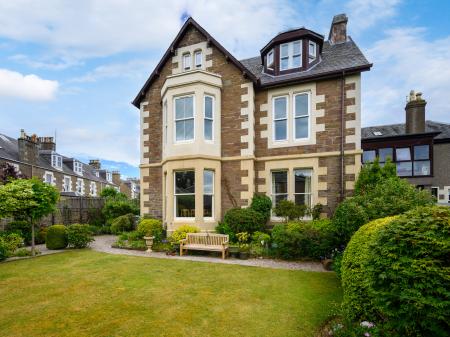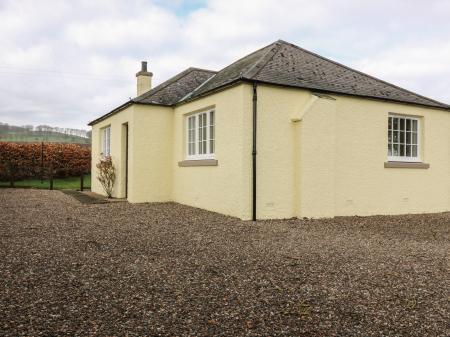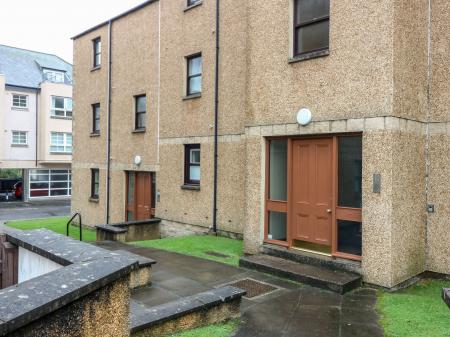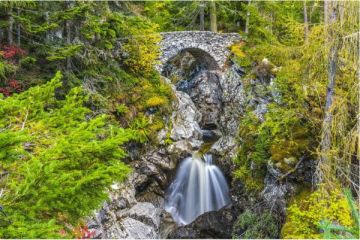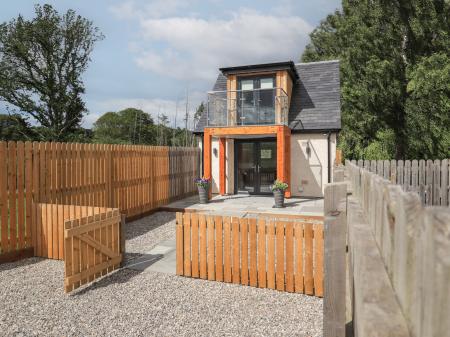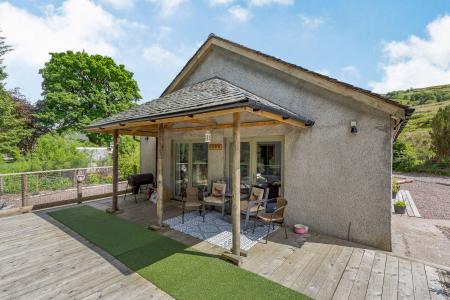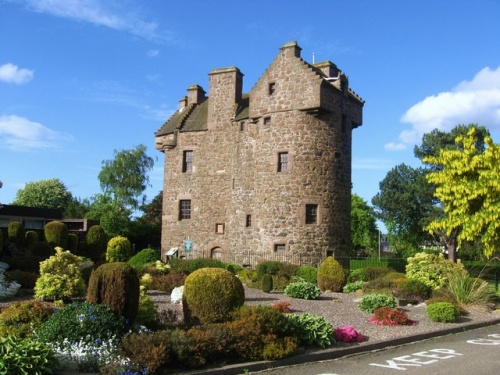
The castle reverted to the crown after the battle of Killicrankie and was then granted to the 2nd Marquis of Douglas. The castle passed by marriage to Earls of Home, and in 1929 the family gifted it to the state.
What to See
Claypotts Castle is built primarily for comfort, though it does feature several defensive characteristics. It is laid out on a traditional Z plan, with opposing corner towers augmented by corbelled garret chambers at the angles.
In the tower angles are a pair of turnpike stairs, one for family use and one for servants. Claypotts was in use as a dwelling until well into the 19th century.
Unfortunately, the interior is closed to the public but you can get good views of the exterior and can't fail to be impressed by the imposing towers. It's the sort of building you imagine when you think of a Scottish tower house.
 We've 'tagged' this attraction information to help you find related historic attractions and learn more about major time periods mentioned.
We've 'tagged' this attraction information to help you find related historic attractions and learn more about major time periods mentioned.